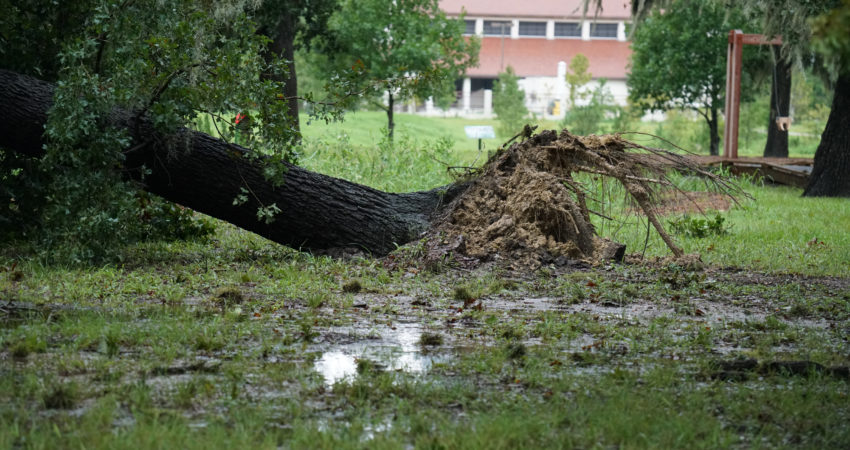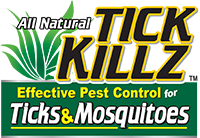Archives
Select Archives- March 2021
- July 2019
- June 2019
- May 2019
- March 2019
- February 2019
- January 2019
- November 2018
- October 2018
- September 2018
- July 2018
- June 2018
- May 2018
- April 2018
- March 2018
- February 2018
- January 2018
- December 2017
- November 2017
- October 2017
- September 2017
- August 2017
- July 2017
- June 2017
- April 2017
- March 2017
- February 2017
- January 2017
- December 2016
- November 2016
- October 2016
- September 2016

Mosquito Issues After Hurricane Harvey
In the wake of the catastrophic event that was Hurricane Harvey, yet another health risk looms as the massive amount of floodwaters begin to recede. With the wet conditions that will continue to remain long after large areas of Texas were submerged, an influx of mosquitos and mosquito-borne illnesses poses a threat to the safety and health of the residents that remain in the affected areas.
Due to rapidly increasing number of mosquitos populating the coastal regions of the state, U.S. Air Force C-130 military planes have begun showering the areas with an aerial spraying of insecticides in an attempt to combat the growth rate of the potentially disease ridden insects. While Texas officials insist that the majority of the mosquitos in the area won’t be carrying diseases and the spraying of insecticides is primarily for the comfort of the cleanup crews, an increase in the specific mosquitos that act as vessels for viruses such as West Nile and Zika, remain problematic.
Increase in Mosquito-Borne Diseases
Health officials in Texas have reported 56 cases of West Nile virus and 22 cases of the Zika virus, giving the state of Texas one of the highest rates of the diseases in the U.S in 2017. Three deaths have been attributed to the West Nile virus in 2017 as well, which provides an even greater sense of urgency to control the increasing population after the hurricane. The increasing risk of the diseases are caused by a certain species of mosquito called Aedes aegypti, which commonly breed in standing water such as puddles or any outdoor containers that collect water and allow for stagnation.
Insecticide Safety Measures
Texas Health and Human Services provided online information regarding the plan to combat the growth of the mosquito population, noting the EPA recommendation that people and pets should remain indoors during the spraying of airborne chemicals. According to the website, their goal is to reduce the effects the mosquitos have on recovery workers as well as reducing the possibility of increased chances of mosquito-borne illnesses. They claim that only a few tablespoons of the insecticide, a substance called naled, are sprayed per acre. Naled has commonly been used in the past in similar situations where preventative measures are called upon, but both the effectiveness of the aerial spraying and the safety concerns for the human population have been brought into question.
Prior research suggests that aerial spraying will not achieve the desired effect of eliminating the threat of the spread of disease, and that the only effective way to combat the harmful insects is to employ localized ground spraying crews that directly target the stagnant bodies of water that are conducive to breeding on an individual basis. Further research indicates naled to be a harmful chemical to humans and animals in large doses; however, the CDC and EPA maintain that the amount that is sprayed aerially is safe for the population in the affected areas.
If mosquitos are a problem in your area, learn more about how to protect yourself and your property with an all-natural pest killer from Tick Killz. Visit our website to find a retailer online or near you.
